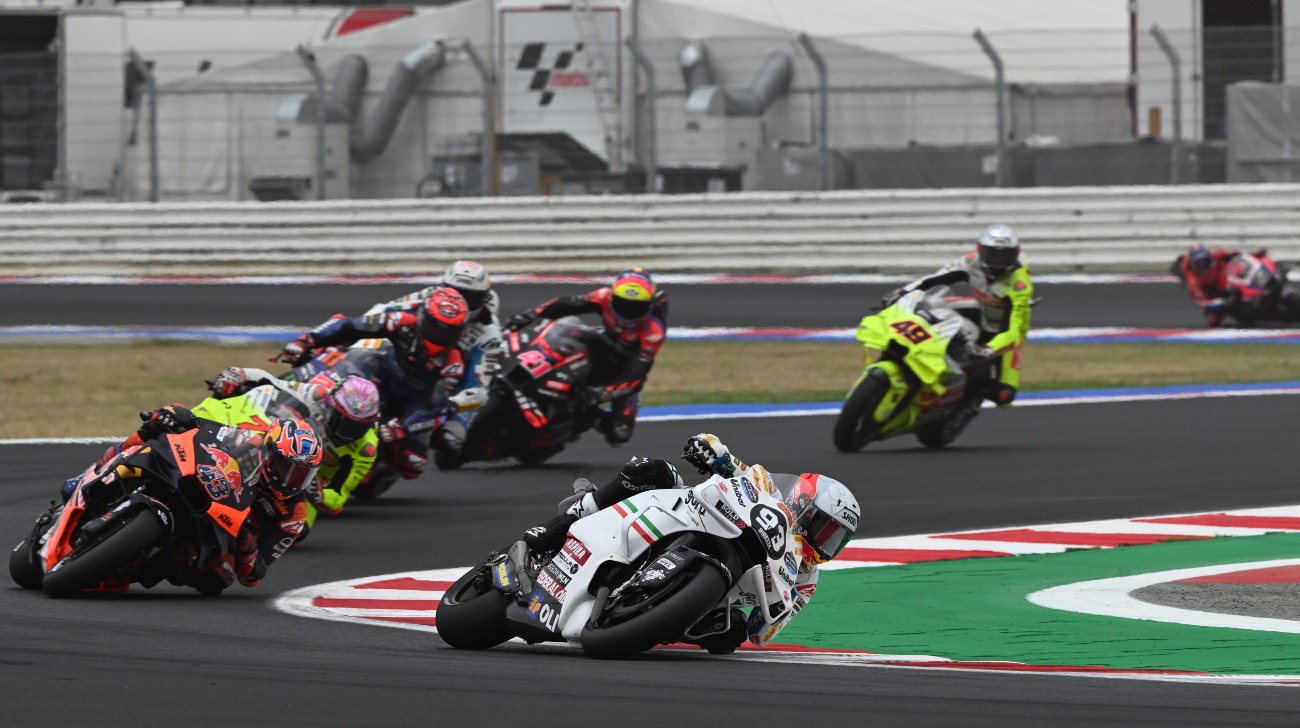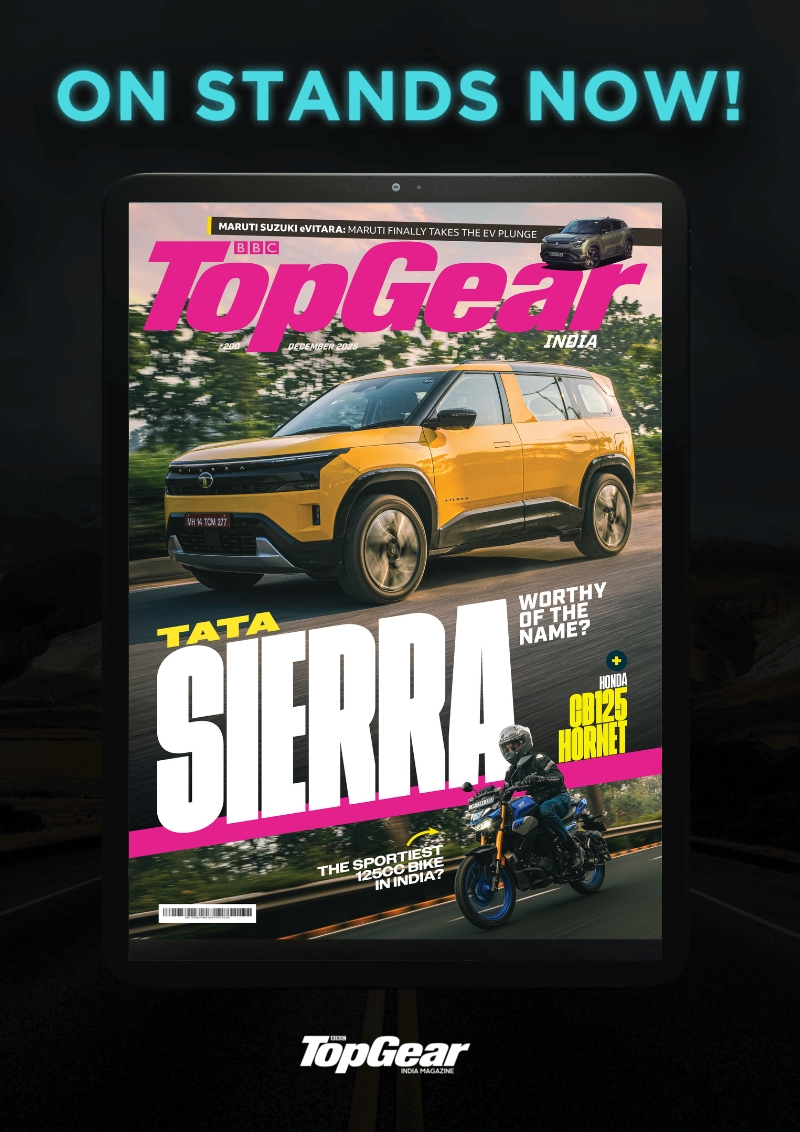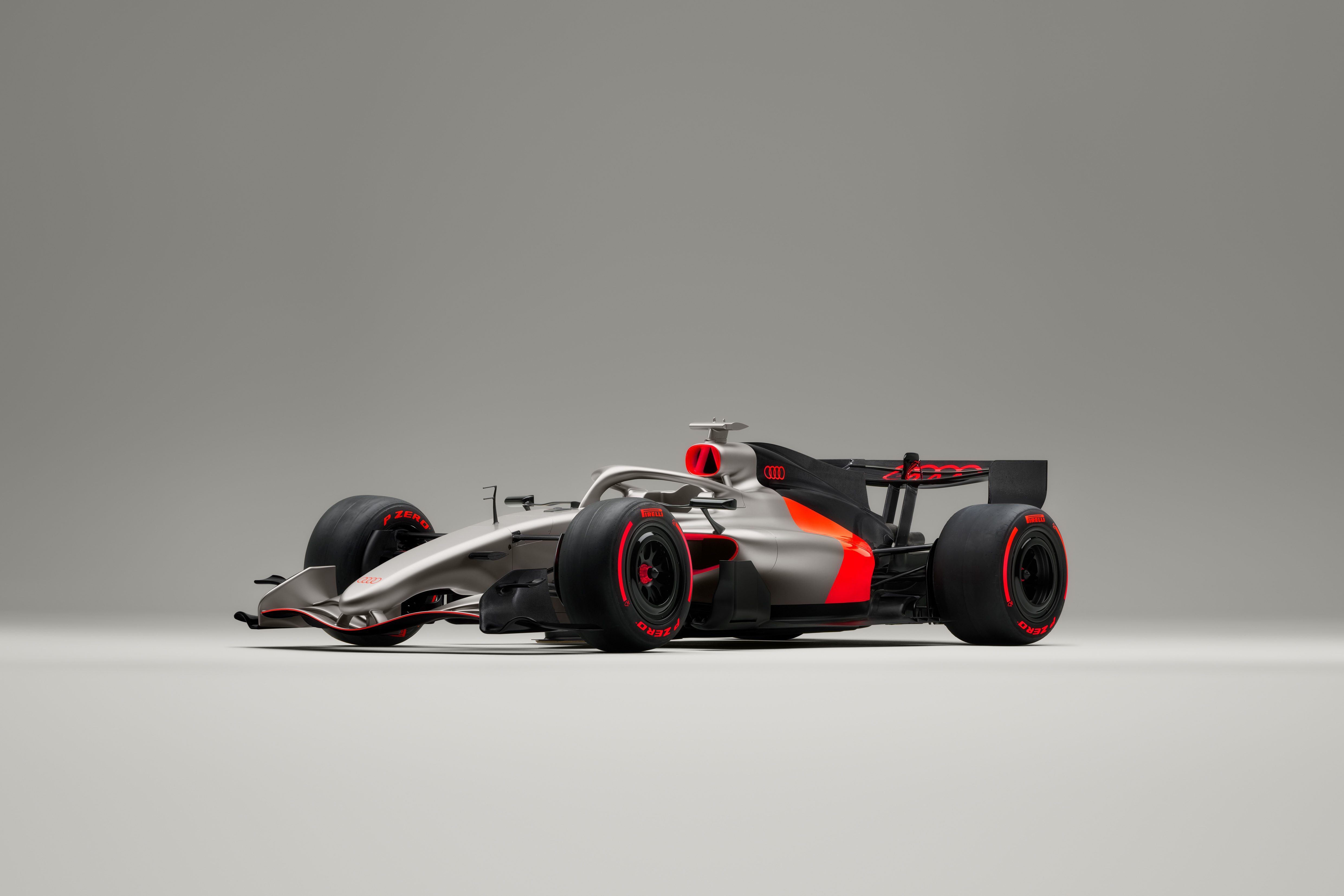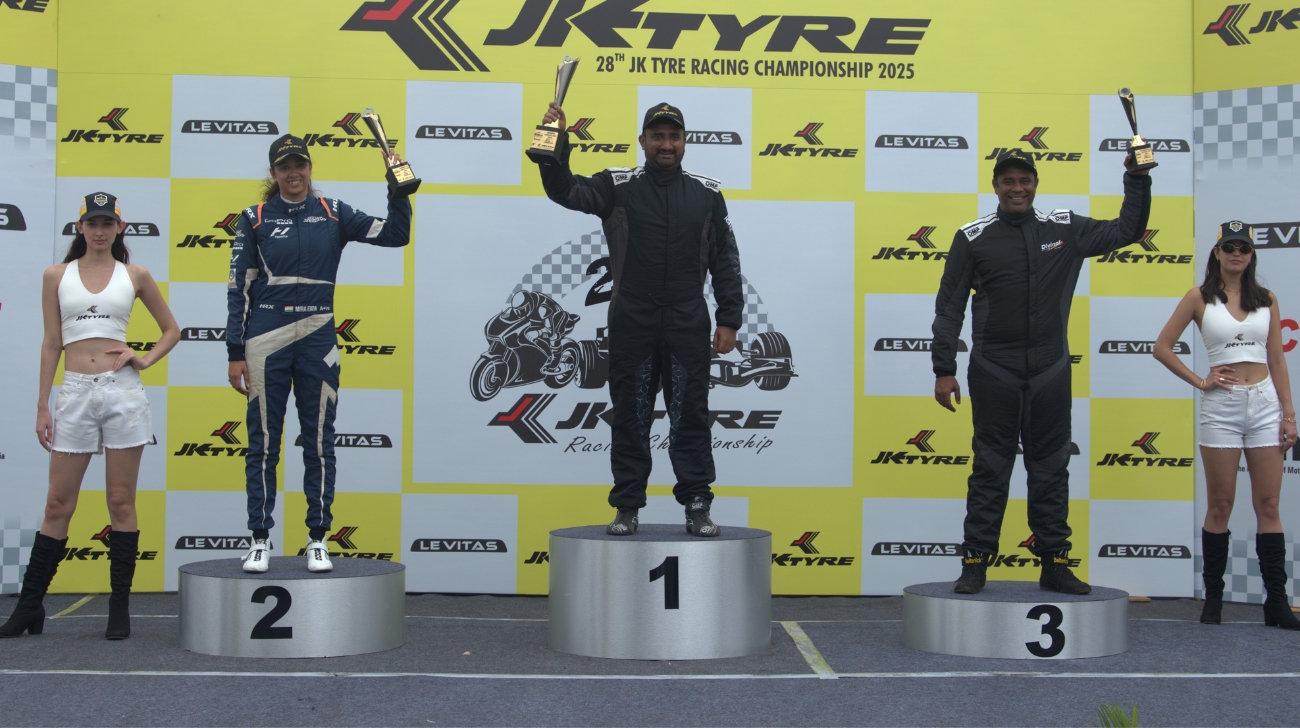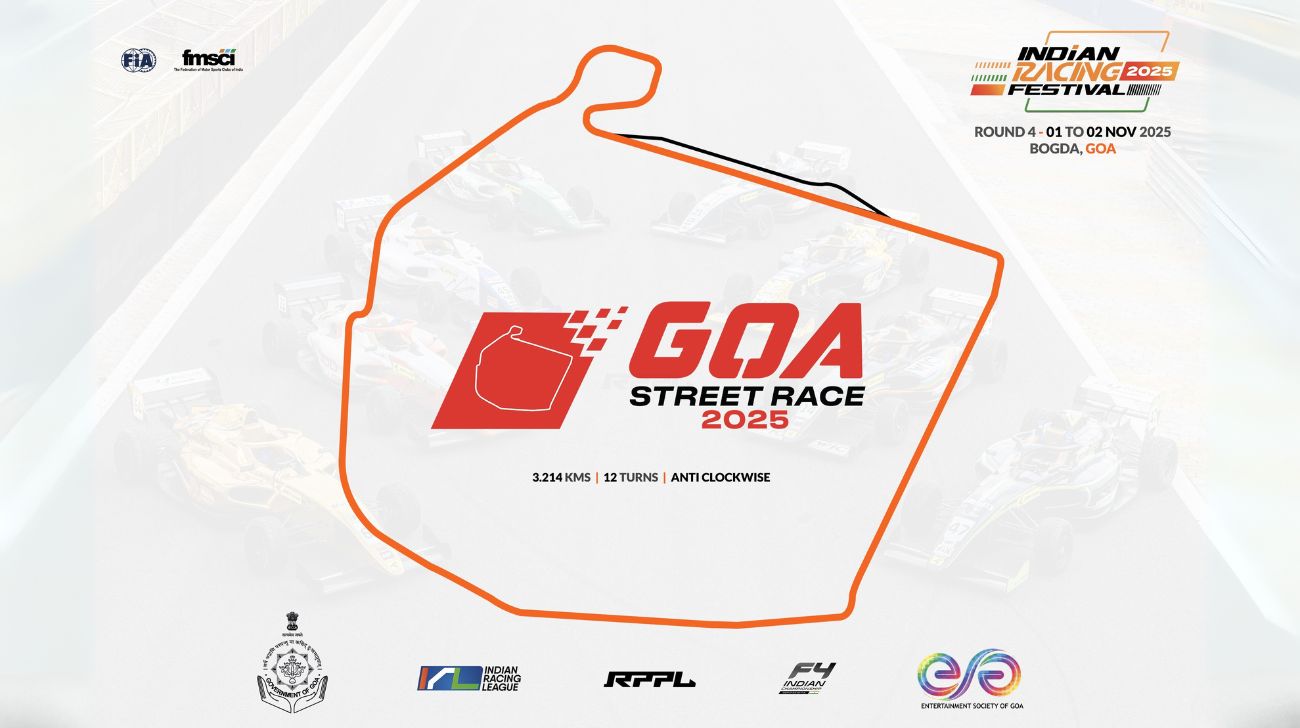The roar of MotoGP engines will soon be accompanied by voices on the track. A new era of communication is dawning as Dorna Sports, the championship organizer, has announced the implementation of a radio system starting in the 2025 season, as reported by Motorsport.com. This long-awaited development promises to revolutionize MotoGP in stages, with safety being the primary focus initially.
The system will be rolled out in phases. In the first phase, only the race director will be able to communicate with riders. Messages will be short, clear, and solely aimed at enhancing safety on the track. Imagine a scenario where a rider crashes and is stranded on the racing line – the race director can now warn other riders immediately, potentially preventing further accidents.
Looking ahead, the second phase, potentially arriving as early as 2026, will enable two-way communication. Riders will be able to respond to and receive messages from race control, further improving safety management. This system is already used in other motorsport series like Formula 1.
The ultimate goal, though without a confirmed date, is to mirror Formula 1 completely. This final phase would allow open communication between riders and their teams on the pit wall. This step is primarily driven by the desire to enhance the entertainment value of MotoGP broadcasts, offering viewers a deeper insight into race strategies and rider emotions.
The introduction of radio communication hasn't come easy. Dorna and its TV partners have been working on the system for several years. Extensive testing has been conducted, including trials in Jerez (2022) and Valencia (2023). Notably, a key innovation is a new earpiece design. Instead of being placed inside the helmet, it sits comfortably on the rider's earlobe, transmitting sound through vibration. This makes the system less intrusive and reduces potential discomfort for riders.
Riders seem cautiously optimistic about the change. Maverick Viñales, whose Aprilia team tested the system, acknowledges the safety benefits while adding a touch of humor: "It can be very interesting for safety... My favourite phrase I can already tell you, it will be: 'Now don't bother me!'"
Fabio Quartararo, another rider involved in testing, shares similar sentiments. He highlights the potential for improved safety communication but also raises concerns about ambient noise and finding the optimal audio volume.
While some kinks need ironing out, the future of MotoGP promises to be more connected than ever. With enhanced safety features and the potential for deeper engagement with viewers, radio communication marks a significant step forward for the sport.

